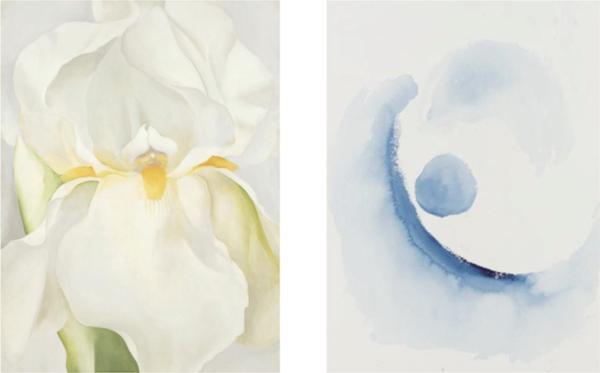About Us
At the Vision & Art Project, we explore the profound influence vision loss due to macular degeneration has had on both historical and contemporary art and artists.

About macular degeneration and art
By the age of 75, about 3 in 10 artists will experience significant vision loss due to macular degeneration, a leading cause of vision loss worldwide. Among many others, for instance, such notable figures as Georgia O’Keeffe and Edgar Degas developed the disease and adapted their working methods in ways that allowed them to continue creating art. While most common in people 60 years of age and older, on rare occasions, it also affects younger adults and children in a form known as Stargardt disease.
At the Vision & Art Project, we delve into the experiences of exceptional artists with macular degeneration to explore their work and adaptations to vision loss in depth. This helps to ensure the legacy of individual artists at what can be a challenging time in their lives, sheds light on a hidden side of art history, and inspires a deeper respect for our profound capacity as humans to adapt and change.
